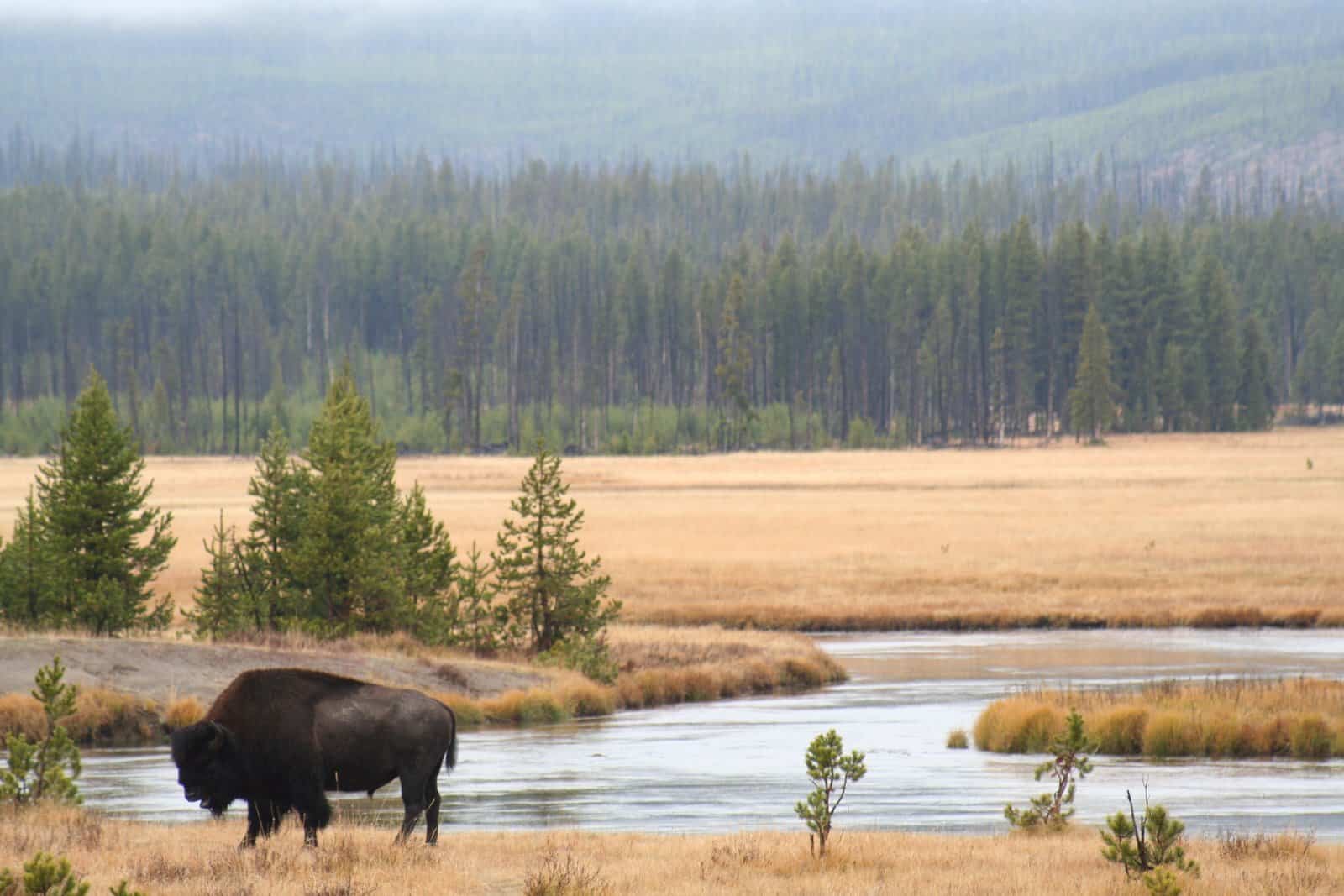Share this article
WSB study: Citizen scientists dart cougars for population study
Hunters armed with biopsy darts may be the key to assessing cougar populations, according to a new study.
Cougars (Puma concolor) live solitary lives in widely dispersed territories, and it’s hard to determine how many live in a given area. The only surefire method is to fit them all with radio collars, but that can cost more than $12,000 per cougar. People have tried to count cougars inexpensively using signs such as tracks and scat, but such indices have proven unreliable, says Rich Beausoleil, bear and cougar specialist with the Washington Department of Fish and Wildlife. Now, there may be an alternative: darts that collect samples of skin and muscle for DNA analysis. The darts are the same kind researchers use to sedate animals, but with different tips that take a sliver of flesh instead of delivering drugs.
“We just put a tip on it that hits the animal and collects a piece of muscle, and it falls to the ground. So, no drugs, no handling required,” said Beausoleil, who is the lead author of the study recently published in the Wildlife Society Bulletin. “Because of DNA, those animals are marked for life, and they don’t have to carry any hardware.”
Biopsy darts were first developed in the 1980s, and they have been used on species such as African elephants (Loxodonta africana) and a variety of marine mammals. But researchers have rarely used them on terrestrial predators, and never before on cougars, says Beausoleil. Beausoleil is a cougar hunter himself, with experience tracking cougars and chasing them up trees with trained dogs. When he read about biopsy darts, he immediately thought the tool would work well on the muscular, short-furred predators.
Beausoleil tested several types of dart guns and tips on cougars that he treed with his dogs. Eventually, he settled on a CO2-powered rifle and a dart tip with backward-facing crimps, which grip the tissue and keep it from falling out. Then, he recruited a team of expert local hunters as citizen scientists.
The hunters searched for cougars on patches of land in northern Washington during November and December from 2003 to 2011. Using biopsy darts provided by Beausoleil, they collected 240 tissue samples over nine years, 166 of which yielded DNA samples good enough to identify particular cougars. By analyzing how many samples came from the same individual, the researchers could see that the landscape held a little over two cougars per 62 square miles.
The project was far cheaper than the radio collar studies Beausoleil had conducted previously.
“Eighty-seven percent of agencies say that population estimation is a high priority for their management plans. Yet none of them have the ability to do it, because it’s too expensive,” he said. “It ends up being $125,000 per year to get roughly 10 animals collared.” In contrast, the biopsy dart project generated eight to 29 tissue samples per year at a cost of around $11,000.
Biopsy darts aren’t perfect, and radio collars remain the gold standard for accuracy, Beausoleil cautions. With biopsies, researchers need to collect samples over several years to get a reliable estimate of population density. Nevertheless, other agencies are already showing interest. Beausoleil has received requests for his protocols from researchers in California, Oregon, Idaho, Montana and British Columbia.
The citizen science approach has non-financial benefits as well. Predator management is controversial, and local communities are sometimes skeptical of population assessments made by researchers, says Beausoleil. By recruiting local hunters as collaborators, the researchers made it easier for people to trust the findings. This turned out to be important at the study site, because people in the area had thought they hosted a large and growing cougar population. Instead, the biopsy data showed that cougar density in the area was fairly typical, and it declined slightly over the study period.
“It was a partnership with the community,” said Beausoleil. “Everyone knows everyone out there, and they know who the good hunters are. When those people are saying ‘no, you know what, that was right, it wasn’t as high as we thought,’ that carries a lot more weight than it does from the government.”
Header Image:
A subadult male cougar in Washington looks down from its perch after being treed by hounds.
©Rich Beausoleil








